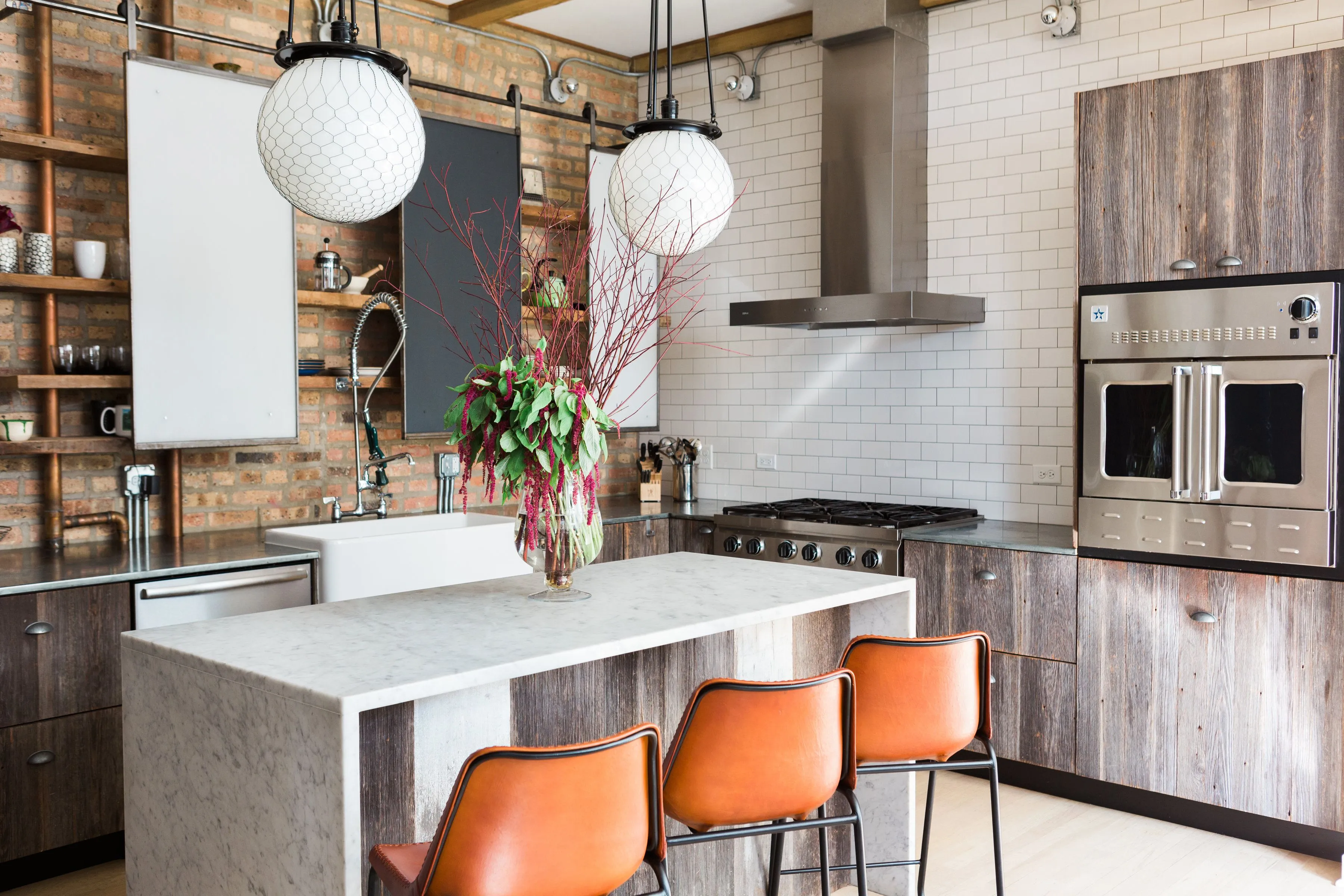Embarking on a kitchen decor project can be an exciting journey, transforming your culinary space into a haven of style and functionality. The key to a successful kitchen makeover is to start with a well-defined plan. This guide will provide you with comprehensive kitchen decor ideas and actionable steps, ensuring you get started on the right foot. From identifying your personal style to selecting the perfect accessories, we’ll cover all the essential aspects of creating the kitchen of your dreams. Remember, the best kitchen decor reflects your personality and enhances your daily living experience.
Define Your Kitchen Decor Style
Before diving into specifics, it’s crucial to define your desired kitchen decor style. Consider the overall aesthetic you want to achieve – are you drawn to modern minimalism, rustic charm, or a classic, elegant look? Researching different styles is the first step. Browse through magazines, online platforms like Pinterest and Houzz, and home decor blogs to gather inspiration. Pay attention to the elements that resonate with you, such as color palettes, materials, and overall ambiance. Identifying your preferred style will serve as a guiding principle throughout the entire design process. This initial phase will help you make informed decisions and avoid costly mistakes later on.
Identify Your Needs and Wants
Understanding your lifestyle and culinary habits is essential. Think about how you use your kitchen daily. Do you enjoy cooking elaborate meals, or do you primarily use it for quick breakfasts and snacks? Consider the functionality you require. Do you need ample counter space for food preparation, or is a large island a must-have? Create a list of your needs and wants, separating them into essential and desirable elements. This exercise will help you prioritize your choices and create a kitchen that is both aesthetically pleasing and perfectly suited to your lifestyle. It ensures the design is tailored to your unique requirements, improving efficiency and enjoyment.
Assess Your Kitchen’s Layout
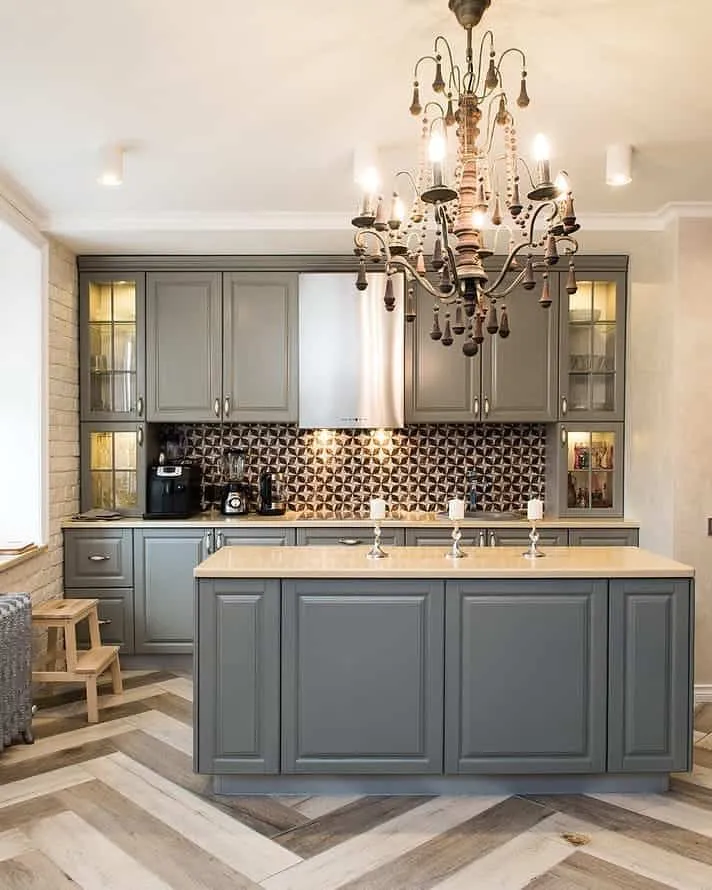
Evaluate the existing layout of your kitchen. Note the dimensions of the space, the placement of windows and doors, and the location of plumbing and electrical outlets. Consider the flow of traffic and how it impacts your cooking and movement within the kitchen. Taking accurate measurements and documenting the current layout will help you visualize potential changes and ensure that new elements will fit properly. If you’re planning major renovations, consider the work triangle (the distance between the sink, stove, and refrigerator) to optimize workflow. Analyzing these features enables you to leverage the existing structure intelligently.
Gather Kitchen Decor Ideas
With your style and needs defined, and the layout assessed, it is time to start gathering kitchen decor ideas. Explore a variety of sources to spark your creativity. Visit showrooms and open houses, peruse design magazines, and create a dedicated Pinterest board. Look for examples of kitchens that align with your style preferences and incorporate elements that appeal to you. Collect images of specific features like cabinetry, countertops, backsplashes, and lighting fixtures. Don’t be afraid to save images of various ideas – from small details to large installations. Doing so provides a visual library for you to refer to as you make specific decisions.
Create a Mood Board
A mood board is a visual representation of your kitchen decor vision. Gather images of colors, materials, textures, and furniture that appeal to you. Physically cutting and pasting samples of materials like paint swatches, fabric, and tile samples can provide a tangible feel for the design. Alternatively, use digital tools like Canva or Pinterest to create a virtual mood board. The mood board serves as a cohesive reference point, helping you visualize the overall look and feel of your kitchen. It aids in making consistent decisions and ensuring all the elements complement each other. This also helps to identify potential problems before investing time and money.
Plan Your Budget
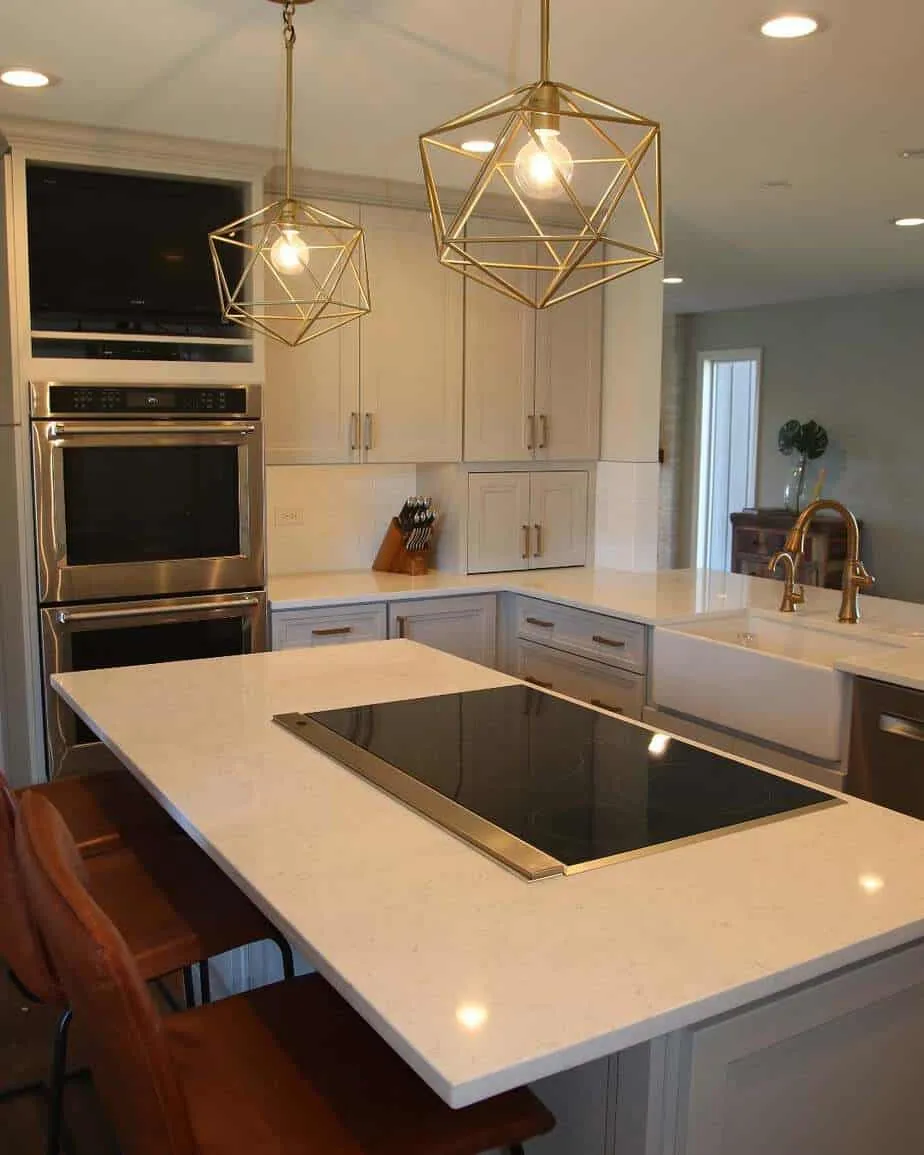
Budgeting is a crucial step in any kitchen decor project. Determine how much you’re willing to spend before you begin. Consider the scope of your project – are you planning a complete remodel or simply updating certain elements? Research the costs associated with different materials and services. Get estimates from contractors if necessary, and factor in expenses such as labor, appliances, and accessories. Allocating a budget upfront will help you make informed decisions and avoid overspending. It also allows you to prioritize your desired features and allocate funds strategically, ensuring the successful completion of the project.
Set a Realistic Budget
Be realistic when setting your budget. Kitchen renovations can be expensive, so set a budget that reflects your financial capacity. It’s important to account for unexpected costs, such as hidden problems or the need for modifications. Consult with professionals to get accurate estimates for labor and materials. Factor in a contingency fund of 10-15% to accommodate unforeseen expenses. By setting a realistic budget, you can manage your financial resources effectively and avoid running out of funds before the project is complete. Reviewing your budget regularly ensures that you stay within your set boundaries.
Prioritize Your Spending
Once you have established a budget, prioritize your spending. Determine which elements of your kitchen renovation are the most important to you. For some, it might be high-end appliances, while others might focus on luxurious countertops or custom cabinetry. Allocate a significant portion of your budget to these priority items. Consider saving money on less critical aspects of the design, such as accessories or decorative elements, to free up funds for the areas that matter most. Create a list of must-haves and nice-to-haves. This enables you to make smart financial choices and ensure that the project aligns with your vision without exceeding the financial boundaries.
Research Kitchen Decor Ideas
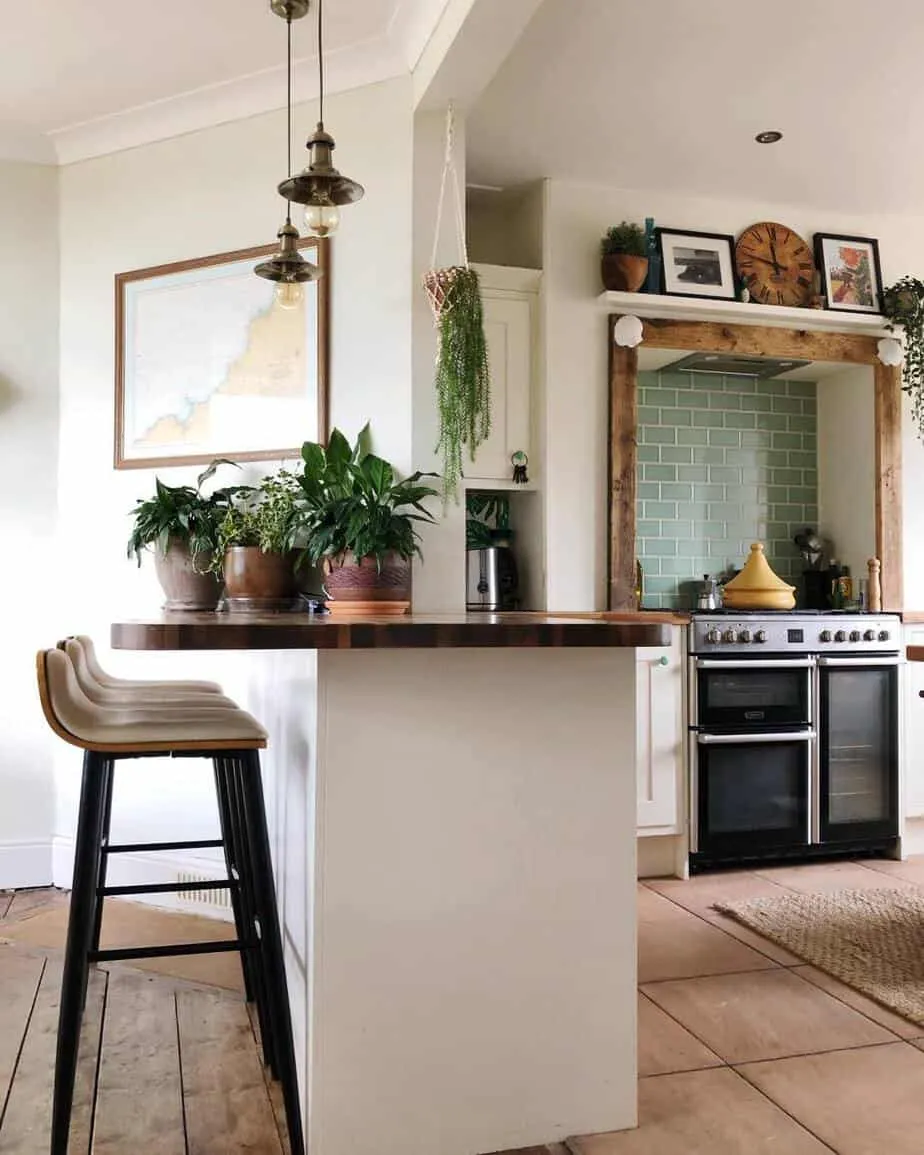
Dive into thorough research of kitchen decor ideas based on your defined style. Explore various design options within your preferred style. Research different materials, colors, and features. Consider the latest trends and innovations in kitchen design, but don’t be afraid to incorporate timeless elements that reflect your personal taste. Compare the prices and quality of different products. Read reviews and seek recommendations from friends, family, or online forums to gather information on reputable brands and suppliers. The more you research, the better equipped you’ll be to make informed decisions about your kitchen design and avoid costly mistakes. Researching various designs helps you make educated selections.
Choose the Right Colors
Color is one of the most impactful elements in kitchen design. Choose colors that complement your style and enhance the overall ambiance. Consider the size of your kitchen; lighter colors can make a small space feel larger and brighter, while darker colors can create a cozy atmosphere. Determine the primary colors you want to use for your walls, cabinets, and accents. Create a cohesive color scheme to harmonize your entire space. Think about how you want the colors to make you feel – do you want a calming, energetic, or sophisticated atmosphere? The right color choices create a positive atmosphere for your kitchen.
Consider Color Psychology
Understand the psychology of colors. Different colors evoke different emotions and can affect your mood. For instance, blue and green are often associated with calmness and tranquility, while yellow and orange can create an energetic and cheerful vibe. Red can stimulate appetite, making it a popular choice for accent walls or kitchen accessories. White is classic and creates a clean and spacious feel. Think about the mood you want to create in your kitchen and choose colors accordingly. A good understanding of color psychology can guide your choices and help create a kitchen that is both visually appealing and emotionally comfortable.
Experiment with Color Palettes
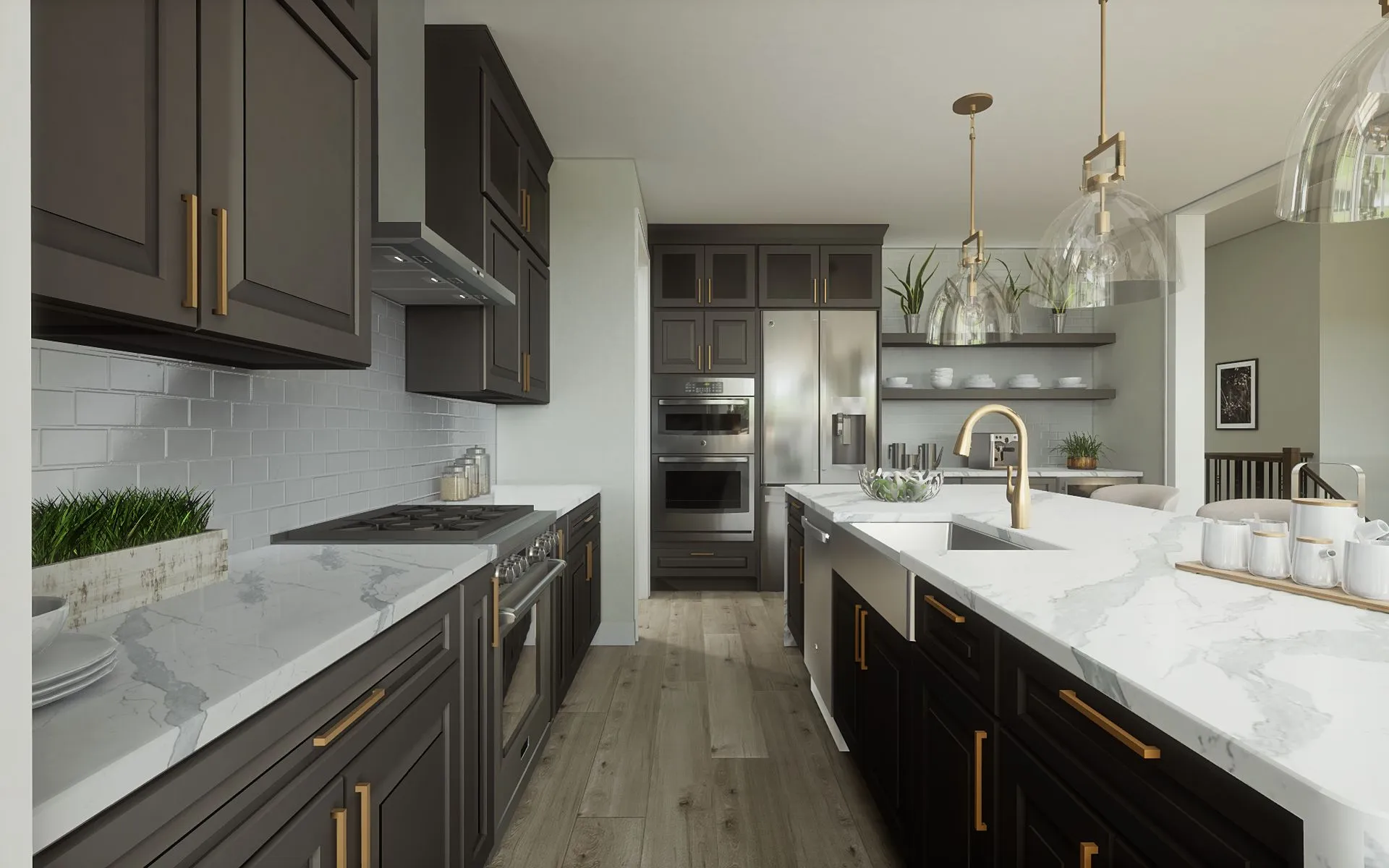
Experiment with different color palettes to find the perfect combination for your kitchen. Create a sample palette by using paint swatches, fabric samples, and tile samples. Experiment with different combinations to see how colors interact with each other. Choose a primary color and complement it with secondary and accent colors. Consider the lighting in your kitchen when choosing colors, as natural and artificial light can affect how colors appear. Try out various palettes before committing to a final decision. Creating a sample palette gives you a tangible view of your design.
Select Paint Finishes
Choose the right paint finish for your walls and cabinets. The finish affects the durability and appearance of the paint. For walls, consider eggshell or satin finishes, as they are easy to clean and offer a subtle sheen. For cabinets, semi-gloss or gloss finishes are durable and can withstand frequent cleaning. Matte finishes offer a more sophisticated look but are less resistant to stains. The sheen of the paint influences the atmosphere. Test the paint in your kitchen before committing to the final choice. Make a decision that suits your needs, considering both aesthetics and practicality.
Select Kitchen Decor Materials
The choice of materials significantly impacts the style and functionality of your kitchen. Consider the durability, maintenance requirements, and aesthetic appeal of different materials. Choose materials that complement your style and budget. Select durable, easy-to-clean materials for countertops and flooring. Opt for high-quality materials that withstand daily wear and tear, and research eco-friendly options. The right materials will create a beautiful and functional kitchen. Carefully consider the materials you incorporate into your kitchen’s design.
Explore Flooring Options
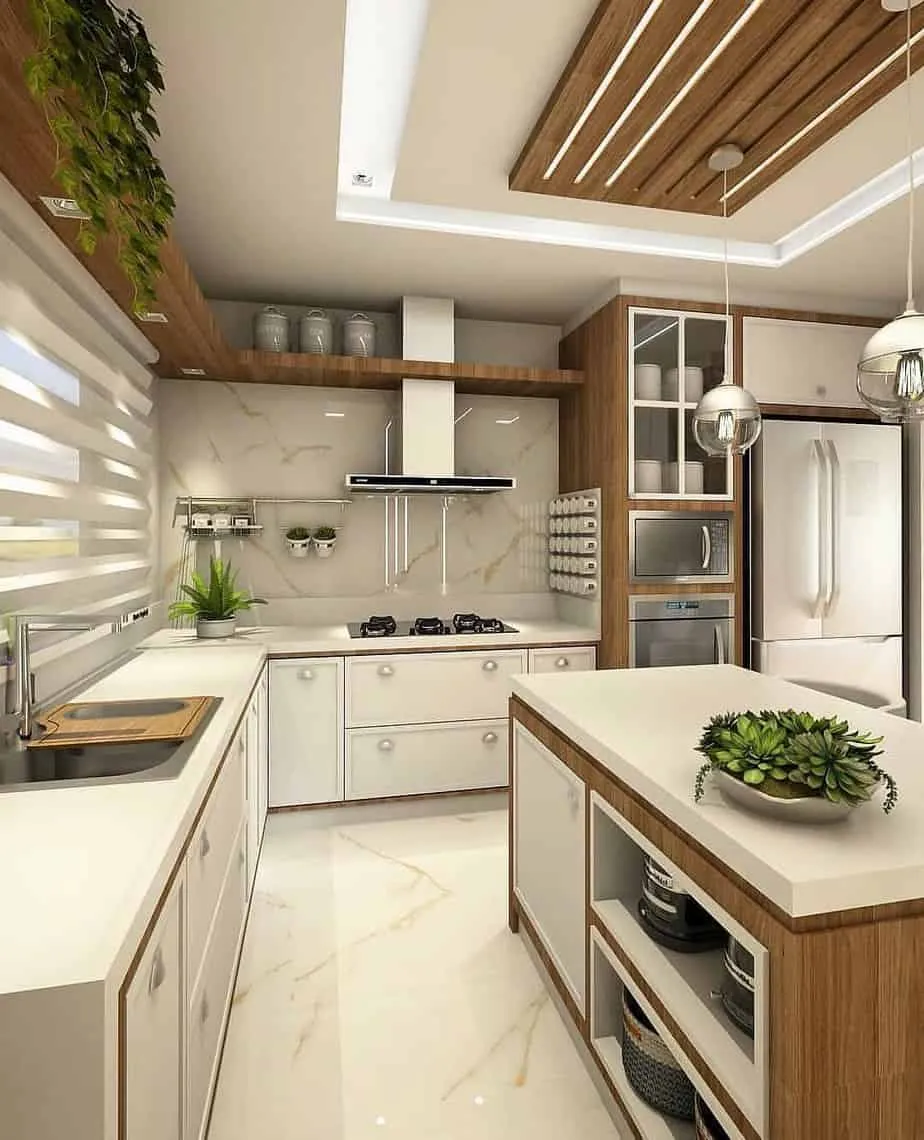
Explore flooring options that are suitable for the kitchen environment. Consider factors such as durability, water resistance, and ease of cleaning. Popular options include tile, hardwood, laminate, and vinyl. Tile flooring is very durable and comes in many styles, making it a great choice for high-traffic areas. Hardwood adds warmth and elegance, while laminate and vinyl offer cost-effective alternatives. Before choosing a flooring option, evaluate the pros and cons. Choose a flooring that aligns with your style, budget, and lifestyle.
Choose Countertop Materials
Select countertop materials that are both stylish and functional. Consider materials such as granite, quartz, marble, and solid surface. Granite and marble are beautiful but require regular sealing. Quartz is durable, low-maintenance, and comes in a variety of colors and patterns. Solid surface countertops are seamless and easy to clean. Think about how you plan to use your kitchen when selecting your countertop material. Choose a material that complements your style, budget, and lifestyle. Consider the functionality when deciding.
Evaluate Cabinetry Choices
Evaluate your cabinetry choices. Your cabinets significantly impact the look and functionality of your kitchen. Consider your style and the available space. There are many options, including framed, frameless, and custom cabinetry. Framed cabinets are traditional and provide a sturdy look. Frameless cabinets offer a modern, minimalist look. Custom cabinetry provides the flexibility to create unique designs. Choose materials and finishes that complement your style and budget. Consider the practicality of different storage solutions. Your choice of cabinets will greatly influence the function and aesthetics of your kitchen.
Select Kitchen Decor Accessories
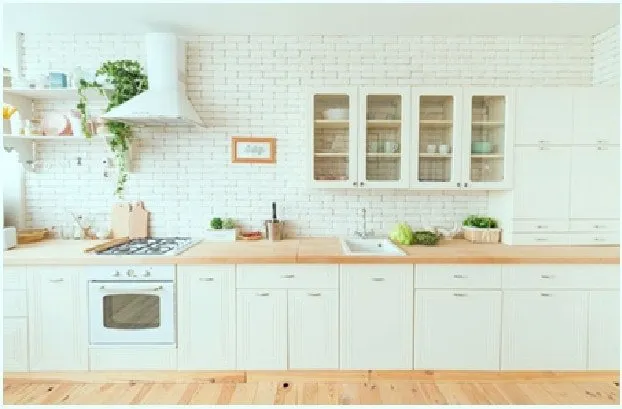
Accessories personalize your kitchen. They add style, personality, and functionality to the space. Choose accessories that complement your overall decor style. Consider lighting fixtures, hardware, and decorative items. These elements will complete your kitchen design. Carefully selecting accessories allows you to customize the details of your kitchen. The right accessories enhance the overall look and function of your kitchen.
Choose Lighting Fixtures
Select lighting fixtures that are both functional and stylish. Lighting enhances the ambiance of your kitchen and provides different types of lighting – ambient, task, and accent. Choose fixtures that complement your overall decor style. Consider pendant lights over the island, recessed lighting for general illumination, and under-cabinet lighting for task areas. Mix and match different types of lighting. Think about how the light will impact the mood and functionality of your kitchen. The correct lighting fixtures can greatly improve the overall appeal of your kitchen.
Select Hardware
Select hardware that complements your cabinets and overall style. Hardware includes cabinet knobs, pulls, and drawer pulls. Consider the style, finish, and shape of the hardware. Choose hardware that is both functional and aesthetically pleasing. Make sure the hardware is a good match for the cabinets. Replace the existing hardware to give your kitchen a fresh new look. Hardware is the jewelry of your kitchen – it’s the final touch that completes the design.
Incorporate Decorative Items
Incorporate decorative items to add personality to your kitchen. Consider items such as artwork, plants, and decorative bowls. Display items that reflect your style and make you happy. Incorporate items that create a sense of warmth and charm. Choose items that complement your overall decor style. Decorative items are a great way to add personality. These elements add character and make your kitchen feel more like home.
Arrange Kitchen Decor
The arrangement of your kitchen decor is just as important as the selection. Place items strategically to create visual interest and enhance functionality. Think about the flow of your kitchen and how you can arrange your items to facilitate movement and use. Proper arrangement ties the space together. Consider different arrangement options. The way you arrange your kitchen decor can dramatically affect the look and feel of the space. Careful arrangement turns your kitchen into a well-designed and functional space.
Position Lighting
Position your lighting fixtures strategically to maximize their impact. Hang pendant lights over the island to provide focused task lighting. Install recessed lighting to illuminate the general space. Install under-cabinet lighting to illuminate countertops and work surfaces. Make sure your lighting is both functional and stylish. Consider the placement and angle of your lighting fixtures to highlight key areas and create a warm and inviting atmosphere. Strategically placed lighting will create a pleasant ambiance.
Add Accessories
Add accessories to add personality and functionality to your kitchen. Place decorative bowls and trays on countertops to hold fruits or display decorative items. Add plants and flowers to bring in natural elements. Display artwork and create a focal point in the space. Choose accessories that enhance the overall design. Add accessories to give your kitchen a personal touch and make it feel more like home. Adding the right accessories completes the look.
Integrate Decorative Elements
Integrate decorative elements to create a cohesive look. Coordinate colors, textures, and materials. Select elements that complement each other. Make sure that the decorative elements are in harmony with your design. Ensure that the arrangement is visually appealing. Integrate decorative elements to bring your kitchen to life. Proper integration enhances the look and functionality of your kitchen.
Starting a kitchen decor project can seem like a daunting task, but by following these kitchen decor ideas and the steps outlined, you can transform your kitchen into a beautiful and functional space. From identifying your style to selecting the right accessories and arranging them, you will be well on your way to achieving the kitchen of your dreams. Remember to prioritize planning, budgeting, and careful decision-making, and most importantly, enjoy the creative process of crafting a space that reflects your personality and enhances your lifestyle.
